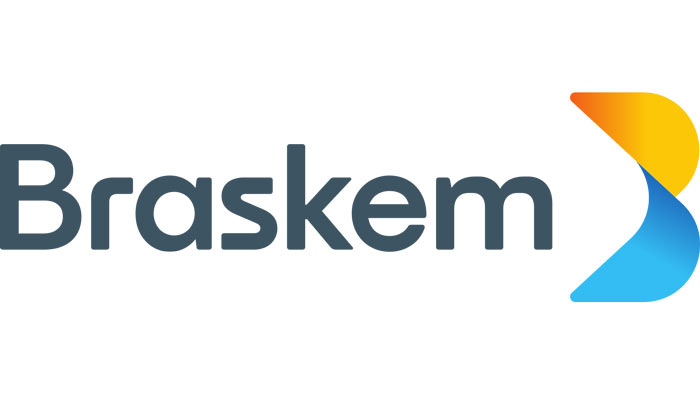Key Insights into Injection Molding:
Versatile Process: Capable of creating a multitude of items, from highly precise components to common goods.
Material Adaptability: Most thermoplastics suitable for Injection Moulding are selected for their excellent flow properties, essential for the molding process.
Common Thermoplastics Used:
ABS (Acrylonitrile-Butadiene-Styrene)
PA (Nylon)
PC (Polycarbonate)
PP (Polypropylene)
GPPS (General Purpose Polystyrene)
Scope of Injection Moulding:
Wide Product Range: From tiny intricate parts to substantial items like auto bumpers and recycling bins.
Manufacturing Versatility: Utilised across all manufacturing sectors, Injection Moulding facilitates design innovation and the replacement of heavier materials.
Machinery and Process:
Modern Equipment: Injection moulding machines comprise a heated barrel and an Archimedes principle-based reciprocating screw, often powered by hydraulic or electric motors.
Material Processing: The granules are melted partly via the heated and homogenised barrel but predominantly by the screw's action, which generates the necessary shear heat.
Injection and Tooling:
High-Pressure Injection: The process operates under high pressure, with factors like material, product wall thickness, and flow length influencing pressures that can reach up to 2000 bar.
Tool Materials: Tools are usually steel-made for durability, with aluminum as an alternative for lower-volume or non-abrasive materials.
Economies of Scale:
Volume Manufacturing: The cost-efficiency of tooling makes Injection Moulding particularly suitable for high-volume production.
Multi-Cavity Tools: Tools can be designed for single or multiple impressions, enabling mass production with each cycle.
Technical Variations:
Multi-Shot (2K) Moulding: This variant allows for different materials to be injected into the same mould.
Insert Moulding: Incorporates metal parts within the moulded plastic.
Structural Foam Moulding: Produces lighter components by foaming the material.
Assisted Moulding: Introduces gas or water to create hollow sections, reducing wall thickness.
Injection Moulding is a cornerstone of the plastics industry, driving innovation and efficiency in product design and material usage.















